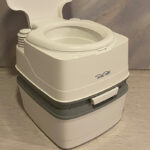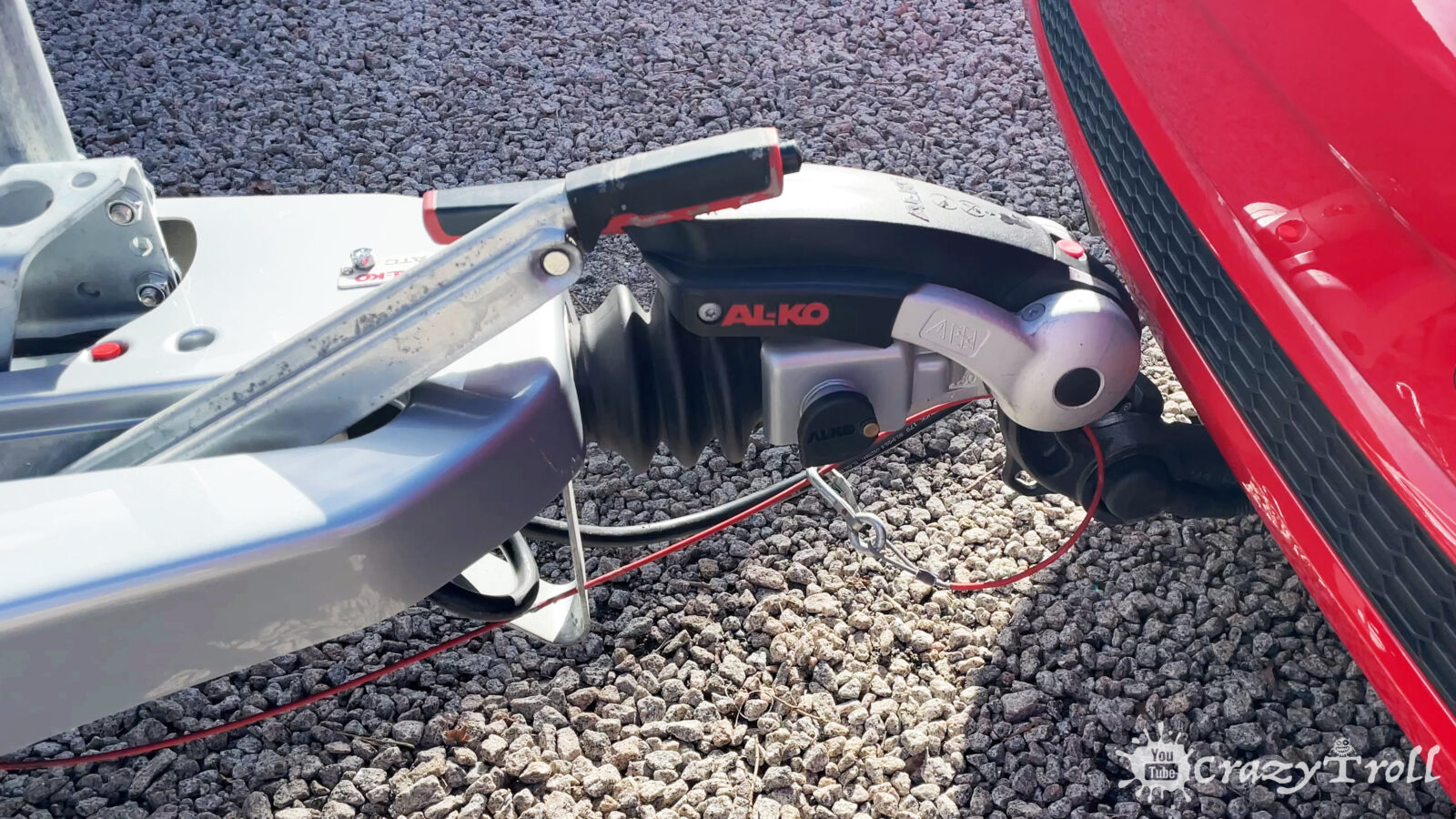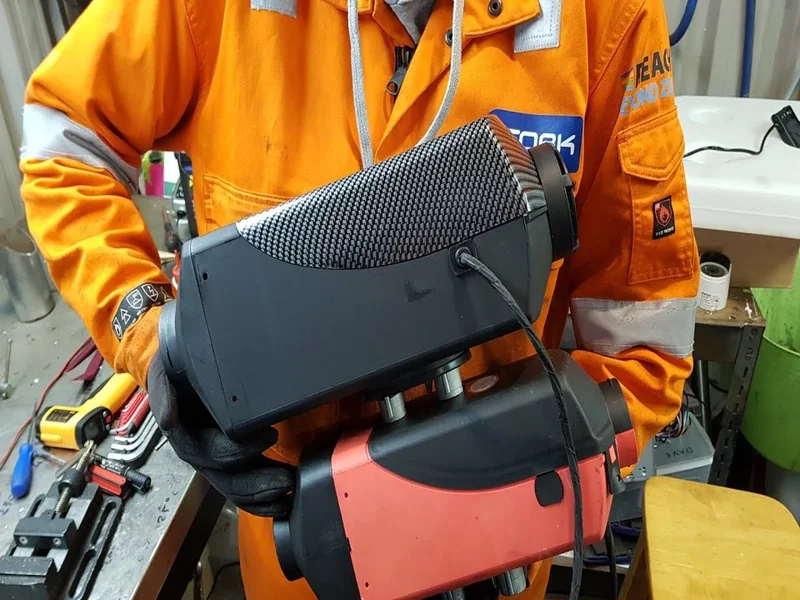Finding your RV battery completely dead can be frustrating, especially when it means needing to recharge fully before hitting the road again. Unlike car batteries, you can’t simply “jump” an RV battery; a complete charging process is required. This guide covers how long it takes to charge an RV battery from zero to 100% and offers tips to speed up the process.
How Long Does It Take to Charge an RV Battery?
Generally, charging an RV battery takes 10 to 40 hours depending on battery size, type, and charge method. Key factors include:
- Battery Type and Capacity: Larger batteries take longer.
- Charger Output: High-amp chargers work faster.
- Battery Condition: Partially discharged batteries charge faster than completely dead ones.
For most situations, allow a minimum of 10 hours for charging. In some cases, this time can extend up to 40 hours or more.

Types of RV Batteries and Estimated Charging Times
Knowing your battery type helps predict charging time and efficiency. Here’s a breakdown:
12V (Group 24) Battery
These smaller batteries, often found in older or compact RVs, take about 4 to 5 hours for a minimal charge with a 10A charger. Keeping them on a trickle charger when not in use can help maintain charge.
12V (Group 27) Battery
With a larger capacity, these batteries are common in midsize RVs. Expect at least 10 hours to charge from empty with a standard charger. If you’re traveling, these can continue to charge while on the go if you have a compatible system.
12V (Group 31) Battery
Usually found in larger RVs, these batteries require a minimum of 15 hours for a basic charge, with a full charge potentially taking 25 to 30 hours.
Dual 6V Batteries
A dual 6V setup provides a robust power bank but requires longer to charge. Using a 5A charger, expect 25 to 30 hours per battery. Upgrading to a 25A charger can reduce charge time to about 7 hours per battery.
| Battery Type | Estimated Charge Time | Recommended Charger Type |
|---|---|---|
| 12V (Group 24) | 4 – 5 hours (minimal charge) | 10A trickle charger |
| 12V (Group 27) | 10 – 12 hours (full charge) | Standard 10A charger |
| 12V (Group 31) | 15 – 30 hours (full charge) | High-capacity 15A charger |
| Dual 6V Batteries | 25 – 30 hours with 5A charger; 7 – 10 hours with 25A charger | 5A or 25A smart charger |
| 6V Deep-Cycle | 20 – 30 hours (full charge) | 10A – 25A smart charger for deep-cycle batteries |
Key Differences: 6V vs. 12V RV Batteries
The main difference between 6V and 12V batteries lies in usage:
- 12V Batteries power standard RV appliances, lights, and accessories.
- 6V Batteries are optimized for longer, consistent power with deep discharge, making them ideal for extended off-grid use.
A 6V battery’s thicker plates and larger cells allow for deeper discharges, making it suitable for sustained power in remote areas.
What Does “Deep Discharge” Mean?
“Deep discharge” batteries release power over longer periods without needing frequent recharges. 6V deep-cycle batteries are popular in dual setups due to their larger reserve capacity and longer ampere hours, making them reliable for off-grid power.
Tip: If you plan on extended trips without recharging, consider 6V deep-cycle batteries for better performance and longevity.
Fastest Ways to Charge RV Batteries
To minimize downtime, here are the most efficient methods to charge your RV batteries:
1. Charge from the Converter
Most RVs allow charging through an onboard converter, which turns the RV into a generator for faster charging. Charging this way often cuts time by 50% or more, allowing a full charge in about 3 to 4 hours.
2. Use Shore Power
Some RV owners use shore power at campgrounds for a faster charge. Although efficient, shore power use can deplete the RV’s power reserves quickly if used excessively.
3. Truck Alternator Charging
With a larger truck, you can charge RV batteries using the truck’s alternator. This method often matches or even exceeds shore power in charging speed, making it a reliable option for quick top-ups while on the road.
| Charger Type | Description | Charge Speed | Best Use | Pros | Cons |
|---|---|---|---|---|---|
| Trickle Charger | Provides a slow, continuous charge to maintain battery levels. | Slow (overnight or longer) | Maintaining charge when RV is idle. | Prevents overcharging, ideal for storage periods. | Not suitable for quick charging needs. |
| Standard Charger | Delivers a higher amp rate than a trickle charger, suitable for partial or full charges. | Moderate (4-10 hours) | General charging for regular use. | Faster than trickle chargers, cost-effective. | May overcharge if not monitored. |
| Smart Charger | Adjusts charging rate based on battery’s needs, with automatic shut-off. | Fast (3-4 hours) | Quick charging and full recharges. | Quick charging and full recharge. | Generally more expensive than other types. |
For more in-depth information on choosing the best RV equipment, visit our RV Equipment & Essentials section.

Frequently Asked Questions (FAQ)
Can I charge an RV battery while driving?
Yes, you can charge an RV battery while driving if your RV is connected to the alternator of your tow vehicle or motorhome. Larger trucks and RVs with compatible alternators are ideal for this method, which helps maintain charge on the go.
What’s the difference between a trickle charger and a regular charger?
A trickle charger delivers a slow, steady charge, ideal for maintaining battery life over time without overcharging. A regular charger provides faster charging at a higher amp rate, suitable for bringing a battery back to full power more quickly.
Is it safe to leave my RV battery on a charger overnight?
Yes, most RV batteries can be safely charged overnight if the charger has an automatic shut-off feature. This prevents overcharging and extends battery life. However, always check the manufacturer’s guidelines for best practices.
How do I know if my RV battery is fully charged?
Use a multimeter to check the voltage. For a 12V battery, a fully charged reading is around 12.6 to 12.8 volts. Some chargers also display indicators when the battery is fully charged.
What’s the best charger for RV batteries?
For faster charging, consider a 25A to 50A smart charger compatible with your battery type. Smart chargers help prevent overcharging by automatically adjusting the output based on the battery’s needs.








